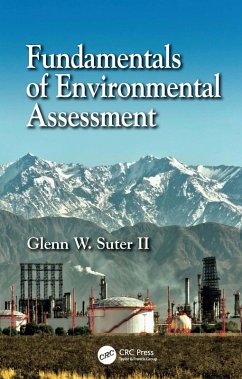This principles-based textbook is essential for different levels of students, as well as new practitioners who want to understand the purposes of environmental assessments and how to achieve them. It includes environmental risks to humans as well as nonhuman populations and ecosystems, and most types of environmental assessments.
Dieser Download kann aus rechtlichen Gründen nur mit Rechnungsadresse in A, B, BG, CY, CZ, D, DK, EW, E, FIN, F, GR, HR, H, IRL, I, LT, L, LR, M, NL, PL, P, R, S, SLO, SK ausgeliefert werden.


